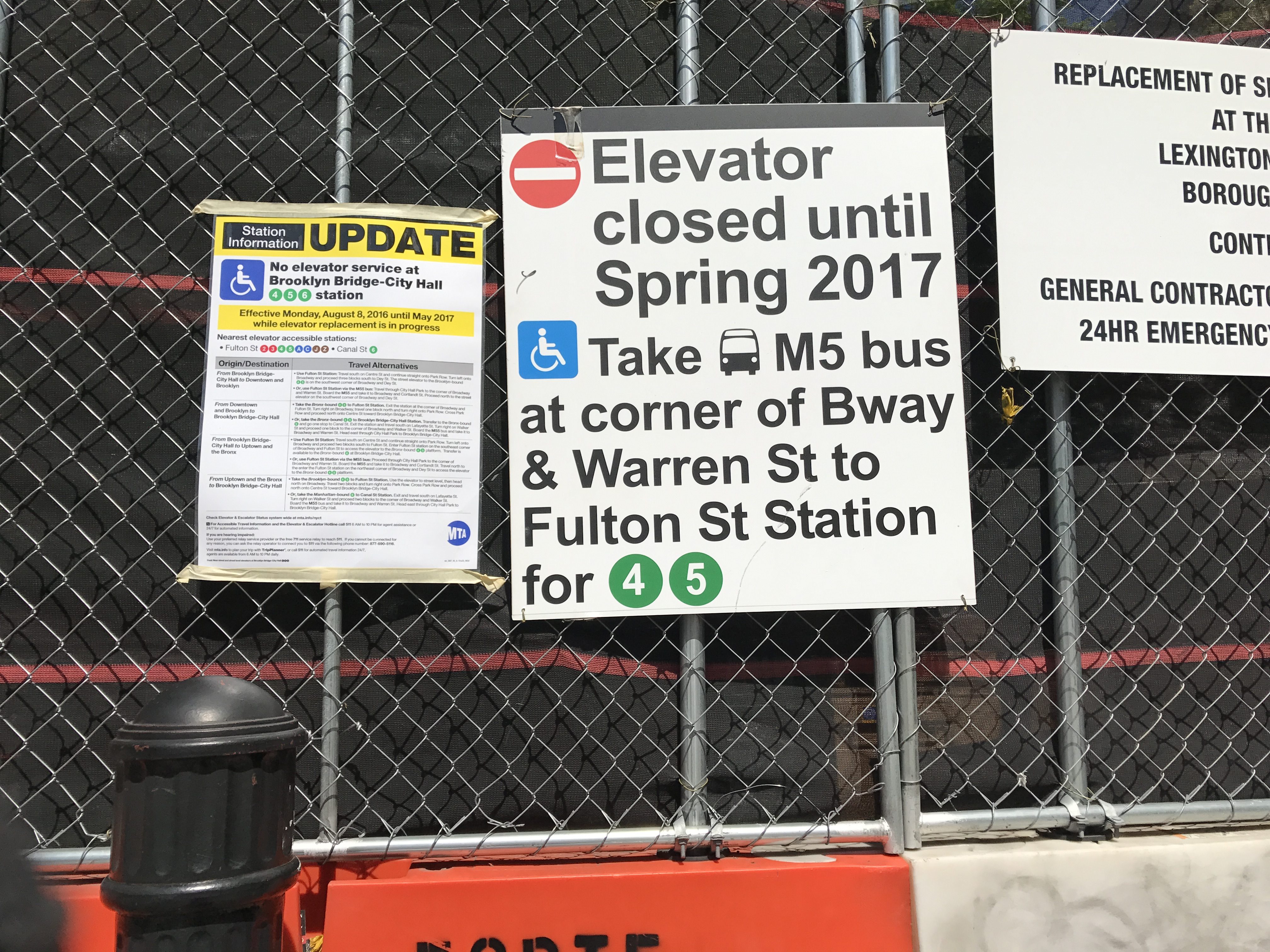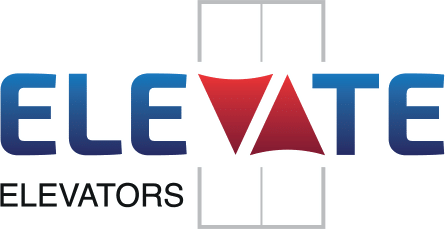Read about our mission, goals, and accomplishments.
Learn about our areas of focus.
Meet the dynamic staff working to change transit in American cities.
The vision that underpins our work.
We’d love to hear from you! Here are the various ways to get in touch.
Dive into our research catalogue.
Our library is full of useful, concise videos for advocates, agency staff, and anyone who wants to understand transit better.
An interview series with the advocates, experts, and public officials working to improve American transit.
An interactive tool that measures the state of transit equity in major U.S. cities.
A multi-faceted reference that lets you explore transit service, ridership trends, and demographic data in American regions.
When riding the New York City subway, does it ever feel like every elevator or escalator you encounter is broken? This isn’t the stuff of hyperbole.
Events at our New York City office
Link to information about and archived livestream of past events.
The latest news and developments from the transit world.
About
Work We Do
Team
Careers at TransitCenter
Transit Justice Principles
Contact us
Publications
Videos
Our Podcast, High Frequency
Transit Equity Dashboard
Transit Insights
Browse by Topic
Upcoming Events
Past Events
Click here to watch a recording of the event Transit agencies across the country are facing…
Read the Blog
Operations
Advocacy
Policy
Governance 
When riding the New York City subway, does it ever feel like every elevator or escalator you encounter is broken? This isn’t the stuff of hyperbole. NYC Comptroller Scott Stringer’s recent audit of New York MTA’s elevator and escalator maintenance practices wasn’t pretty, spotlighting serial neglect and dysfunction in the MTA’s Division of Elevators and Escalators (E&E).
While elevator and escalator maintenance failure affects every subway rider at one point or another, it has a profound impact on people with disabilities, parents pushing strollers, and the growing number of older New Yorkers who require step-free subway access. Stringer’s audit came on the heels of a lawsuit filed last month by people with disabilities alleging that the MTA has failed time and time again to make the subways reliably accessible.
Stringer’s investigation uncovered the following failures:
The findings are alarming, raising questions about if, when, and how elevators and escalators are inspected and repaired, and whether anyone is managing the process. They also shed light on why the MTA’s subway elevators and escalators break so often.
Sadly, Stringer’s audit is the only the most recent in a growing canon of investigations into the MTA’s elevator problems. This collection of reports, going back to 2000, indicates that the MTA has made few efforts to improve elevators and escalators, or to take accessibility seriously.
As a whole, this 17-year history of investigation tells us that the MTA’s approach to subway accessibility is broken. As the Hevesi audit intimates, the agency is less concerned with the rider experience than it is with checking the ADA compliance box, treating accessibility as a legal, financial and operational burden worthy only of bare minimum effort.
This problem has persisted for so long because of a lack of leadership on the issue and no accountability for performance within the MTA. Whereas Boston’s MBTA and Chicago’s CTA have both set up internal accessibility offices precisely to increase accountability and accelerate progress, New York remains wedded to meeting the letter rather than the spirit of its ADA settlement.
Nearly 27 years after passage of the ADA, it shouldn’t take court action and external audits to make an accessible subway system a reality in New York City. Governor Cuomo and MTA leadership should prioritize subway accessibility in both capital planning and daily operations simply because it’s the right thing to do.
Thanks to Riders’ Alliance successful #6MinuteService campaign, New York City subway riders will enjoy more frequent service on nights and weekends, starting this summer. In this post, we chronicle the group’s winning strategies and tactics.
To create the “state-of-the-art bus transit system” of his campaign platform, Mayor Adams will have to both expand the quantity and improve the quality of bus lanes. We recommend these strategies to get it done.
Are you a transit agency practitioner? Sign up for our newsletter designed specifically for you!
Sign up for our events newsletter here:
